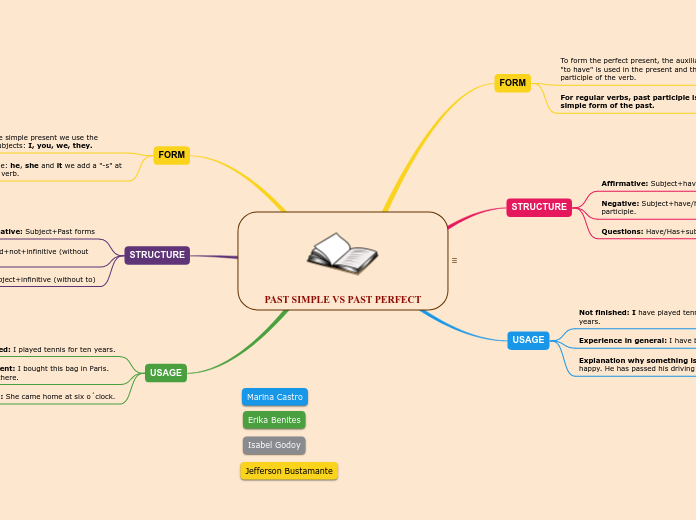によって Esteban Andrés Lay boy 4年前.
392
BASIC ENGLISH CONCEPTS
Understanding the basic concepts of English involves recognizing the structure and elements of sentences. A sentence is a grammatical unit composed of words and typically includes a subject and a verb.









